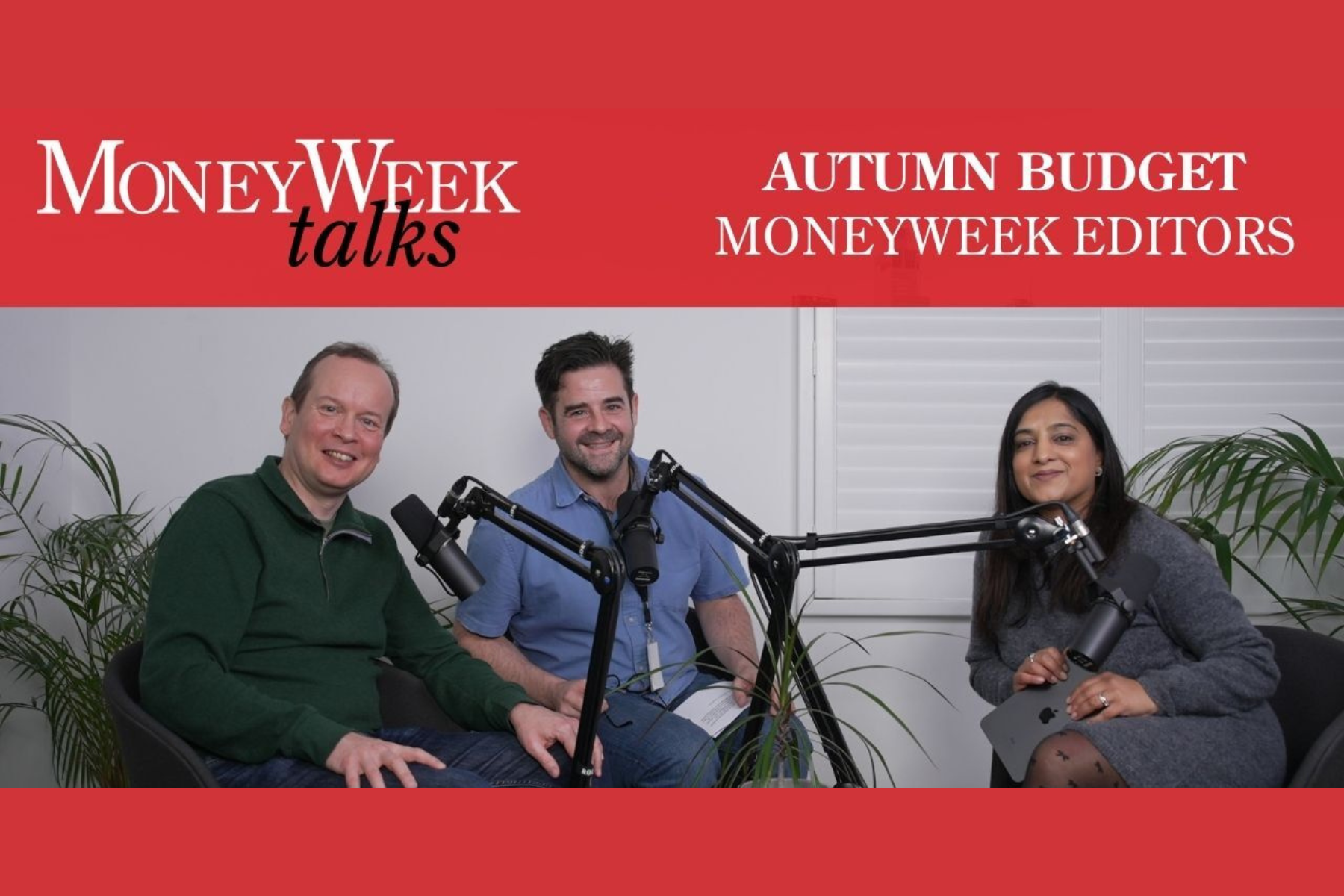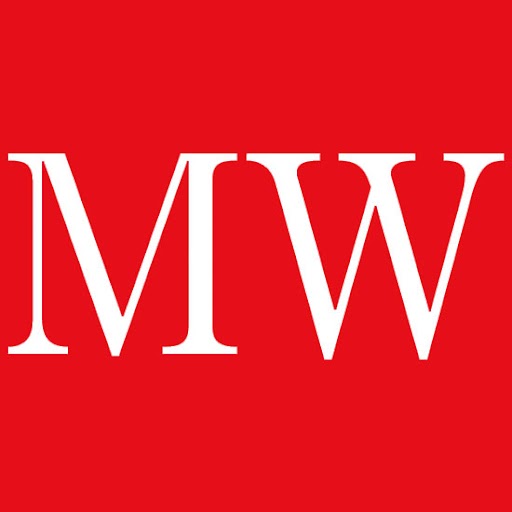Tier-one capital
Banks' capital can be split into tiers. Tier one represents capital of the highest quality.
One way regulators try and stop banks going bust is to impose capital requirements. Typically a bank has to ensure that capital it can count on as its own ('own funds') exceeds a proportion of its 'risk-weighted assets' in essence, the money it is owed adjusted for the risk that it won't be paid.
The banks' own capital can be split into tiers. Tier one represents capital of the highest quality. This includes funds raised by issuing shares plus past profits. So if a bank has issued $200m of shares and made profits of $100m, its tier one capital is $300m. If risk-weighted assets total $1,400m, it has a capital ratio of 21% (300/1,400). If that is below the regulator's target, the bank could be forced to raise fresh capital or sell assets.
MoneyWeek
Subscribe to MoneyWeek today and get your first six magazine issues absolutely FREE

Sign up to Money Morning
Don't miss the latest investment and personal finances news, market analysis, plus money-saving tips with our free twice-daily newsletter
Don't miss the latest investment and personal finances news, market analysis, plus money-saving tips with our free twice-daily newsletter
Get the latest financial news, insights and expert analysis from our award-winning MoneyWeek team, to help you understand what really matters when it comes to your finances.
MoneyWeek is written by a team of experienced and award-winning journalists, plus expert columnists. As well as daily digital news and features, MoneyWeek also publishes a weekly magazine, covering investing and personal finance. From share tips, pensions, gold to practical investment tips - we provide a round-up to help you make money and keep it.
-
 How much would it cost you to buy a house in Great Britain's happiest places?
How much would it cost you to buy a house in Great Britain's happiest places?Average asking prices for a property in the happiest place in Britain are below the national average
-
 How the Budget will hurt you: MoneyWeek Talks
How the Budget will hurt you: MoneyWeek TalksPodcast An Autumn budget podcast special episode, featuring MoneyWeek editors Kalpana Fitzpatrick, Andrew van Sickle and Cris Heaton.

